From building apps with zero IT experience to monitoring patients in hospitals, software development has been tapped to help society with almost everything. Despite the economic downturn, custom software development remains the most reliable way for businesses to reach out to their potential customers.
The study shows nearly 70% of businesses are investing in software solutions. With a projected market worth of over $1 billion by 2025, the software industry is rapidly transforming. As more and more businesses are relying on advanced software development services, with this piece we’re here to keep you abreast of the latest trends in software development.
Emerging Trends in Software Development
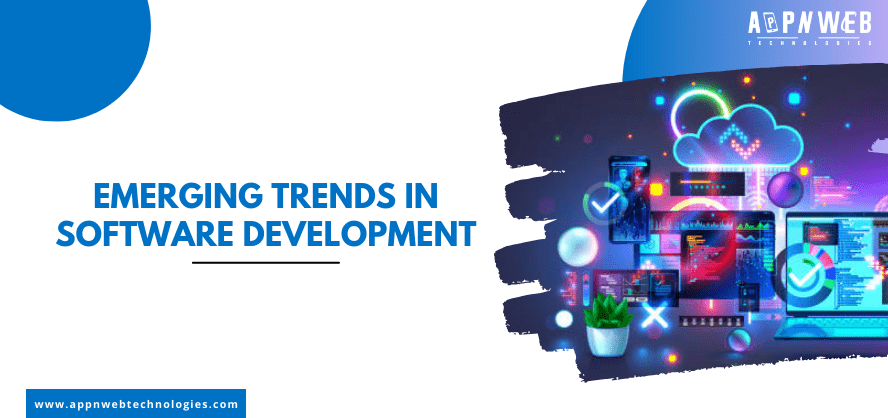
As the tech industry advances at breakneck speed, software development solutions must keep pace to enable all the new advances. As we have witnessed, the proliferation of artificial intelligence is changing the world of technology entirely. It’s for that reason, businesses have to stay on the pulse of where development is headed.
In the not-so-distant future developers will create smarter and more intuitive software. And with the increasing demand for rapid development, low-code platforms are set to become the new reality where even tech-versed individuals can dabble in app development. We have curated the top 10 software development trends of 2024 from our own experience and development strategies.
Blockchain Beyond Financial Sector
Integrating the aptness of Blockhain’s cryptographic algorithm and consensus mechanism in your software solutions ensures full-proof security against tampering and fraud. With its lethal protection capabilities blockchain eliminates the need for intermediates, reducing costs, and enhancing trust in peer-to-peer transactions. The essential characteristics of Blockchain-Oriented software include:
- Data replication
- Requirement verification
- Sequential transaction logging
- Public-key cryptography
However, scalability and energy consumption stands as the main hurdles to its broader adoption.
Rust Gains Momentum
With more than 50% of developers using Rust, a general-purpose programming language it’s been the most loved language for eight years in a row. Rust is famously known for memory-safe language, eliminating the risks of memory-related bugs. Praised for its speed, security, and performance it can also be used by hackers to write malware.
Rust offers appealing solutions for custom software development where safety and performance are critical, including embedded systems, operating systems, and high-performance server applications.
Recognition of Microservices
Microservices or microservices architecture is a modern approach to software development that focuses on creating single-function modules with well-defined operations and interfaces. It’s a small, loosely coupled independent architecture to write & maintain software services quickly.
Docker is one of the most popular tools to use within the microservices architecture. Docker provides a container that has the source code and libraries. This makes it incredibly easy to automate the deployment of applications.
Low-Code and No-Code Development
No-code development is not an entirely new concept. Low code platforms function like Integrated Development Environments (IDEs). It’s a software development approach that allows developers to quickly turn an idea into reality within a limited budget.
It minimizes the lengthy hand-coding process and integrates existing applications with ready-to-use APIs and connectors. Top low-code development platforms:
- Mendix
- Appian
- Microsoft Power Apps
- ZoHo Creator
- Creatio
Smart Connectivity
The continued expansion of IoT will go beyond 2024. Smart speakers, sensors, wearables, remote patient monitoring, automated irrigation systems, asset monitoring, and many others IoT is making an impact in every industry.
On the other hand, the increase in the use of IoT has resulted in a growing risk of cybercriminal activities. As a countermeasure, organizations are implementing security measures using blockchain technologies. Looking to hire Blockchain developers? Let’s start a conversation.
Trending Languages
With over 700 programming languages available, businesses often need help choosing the right one for their custom software development project. Almost every tech giant Google, Apple, or Microsoft is investing in high-performance programming languages to cater to a wide range of variety.
Go by Google, Swift by Apple, Typescript, and React Native for hybrid development offer developers a fresh perspective. From website design to mobile app development, these languages offer incredibly versatile functionalities to developers. Top programming language trends to watch in 2024:
- Artificial intelligence and machine learning applications
- Python in game development
- Go for cloud and IoT
- React for web and custom software development
Sustainable Software Development
Wondering how coding can be eco-friendly? With green computing already being a famous concept, developers are increasingly adopting best practices to write optimized code. Optimized code helps with energy efficiency, reducing the power consumption of applications.
Surprisingly, online learning platforms are introducing courses on sustainable software engineering. Optimized algorithms, writing leaner code, and choosing energy-efficient hardware and software platforms are the latest trends in software development.
AI Amplifying the Potential of All Humans
AI has the potential to displace and amplify several existing tasks. This enhancement allows businesses to be less busy and dedicate more time to activities that add value.
At APPNWEB we have rolled out an AI assistant to help our team members including developers, consultants, and managers to be more productive and efficient. Networked artificial intelligence amplifies human effectiveness even promising to help us become more human.
PWAs
One of the most stable trends of 2024, Progressive Web Apps help optimize the mobile app experience with low-cost investment. In addition to being responsive and offline-capable, PWAs are built using technologies such as HTML, CSS, and Javascript.
One famous attribute that makes PWAs popular among developers is that they’re platform agnostic. With rapid loading times and smooth user experience, PWAs are compatible with almost all platforms, including Chrome, Firefox, and Edge.
Cloud Native Technologies
We’re sure you might have heard multiple definitions of cloud-native technologies. Let us help you understand this in simple terms.
‘Cloud native technologies allow users to design, construct, and operate solutions that are cloud-developed and leverage full advantage of cloud computing.’
Cloud-native technology is all about agility and better speed. The basic components include microservices, an immutable infrastructure, containers, service meshes, and declarative APIs. Businesses can leverage its built-in scalability to boost business growth and secure market growth quickly.
The use of cloud-native technologies allows custom software development and executes scalable apps in modern and dynamic work environments. Amazon Web Services, Microsoft Azure, and Google Cloud are expanding their services, providing advanced analytics and better security features.
The trends discussed in this piece including blockchain, automation, sustainable development, and cloud computing are likely to continue on the path of rapid adoption. However, these developments do come with several challenges. Integrating such trends in your development strategy, will enhance your user experience and provide you a competitive edge in the tech industry.
Concluding it, the tech industry is constantly evolving. With the forecasts and predictions mentioned in this piece, maximize your business potential and make sure your development strategies evolve as per the industry standards.
Thanks for reading!
Have a project in mind? Schedule a free consultation today.
Get StartedNeed Expert Development Services?
You have spent quite some time on this page while seeking a suitable technology partner.


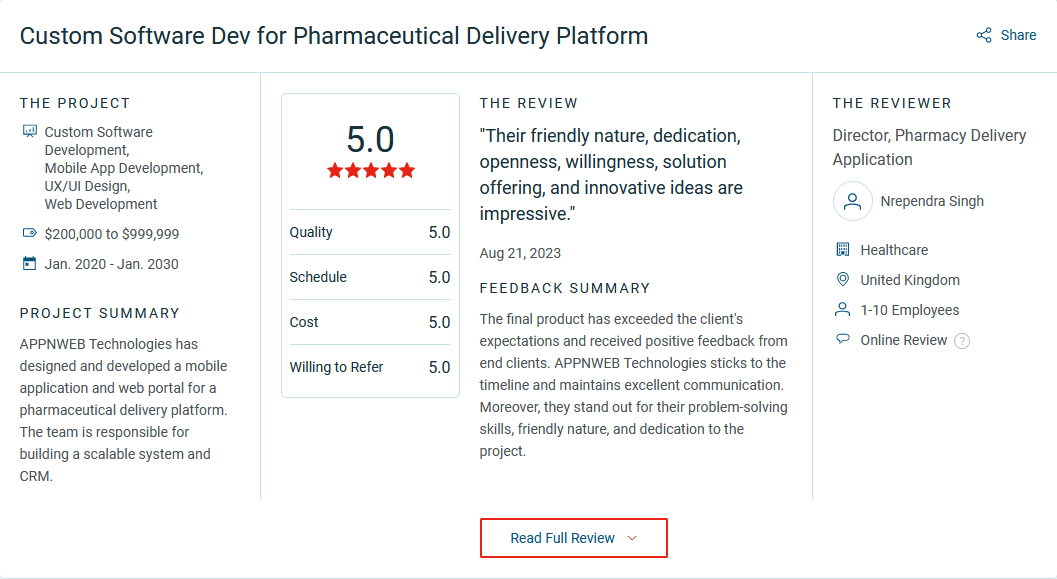
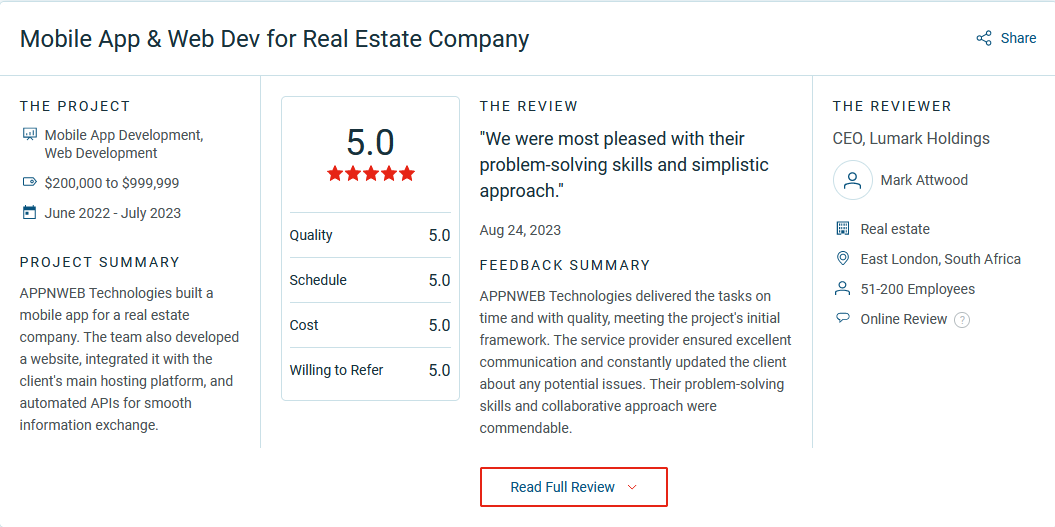
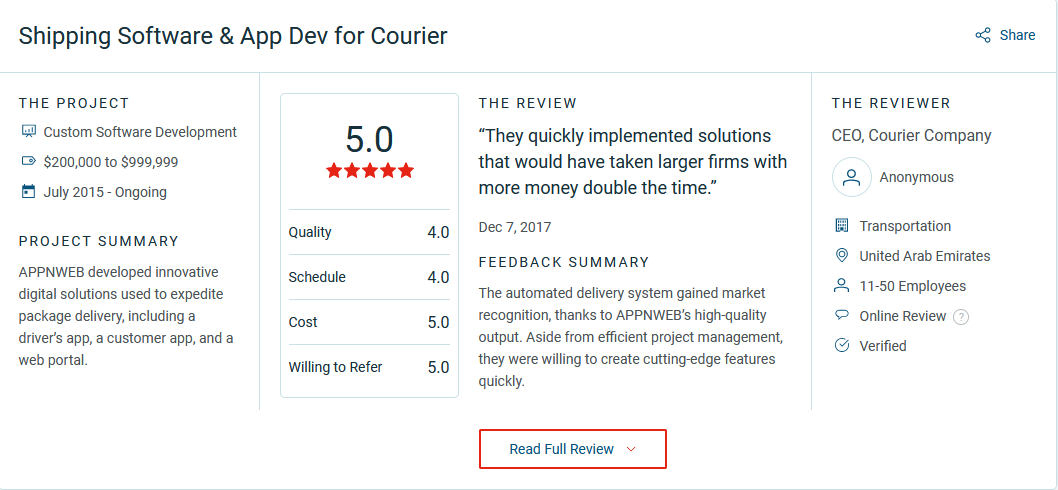
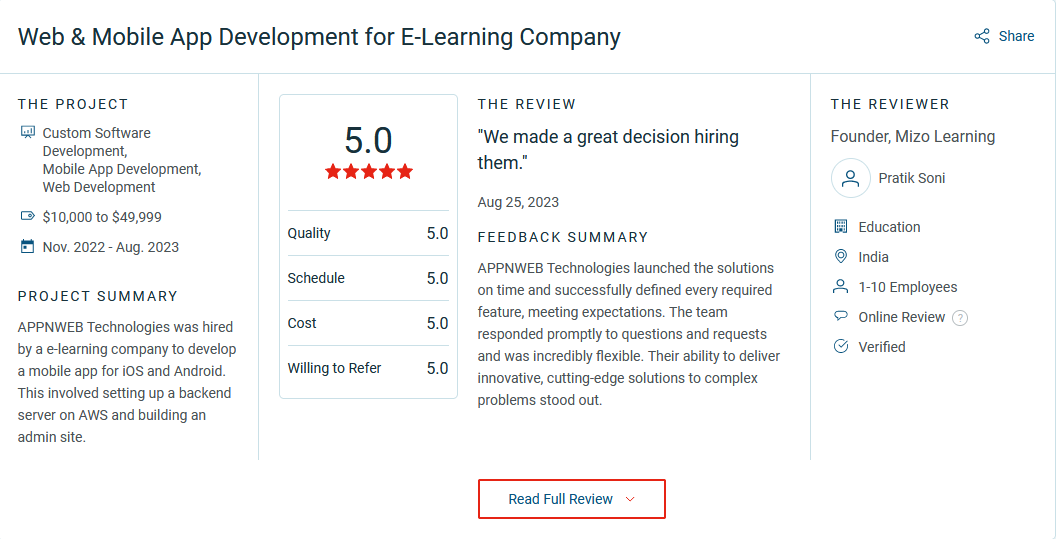
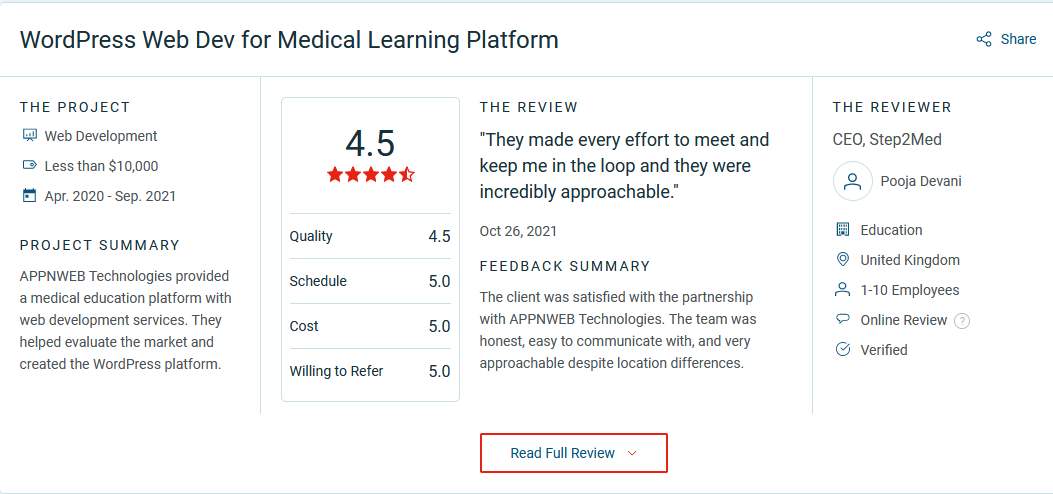












 Hire Craft CMS Developers
Hire Craft CMS Developers
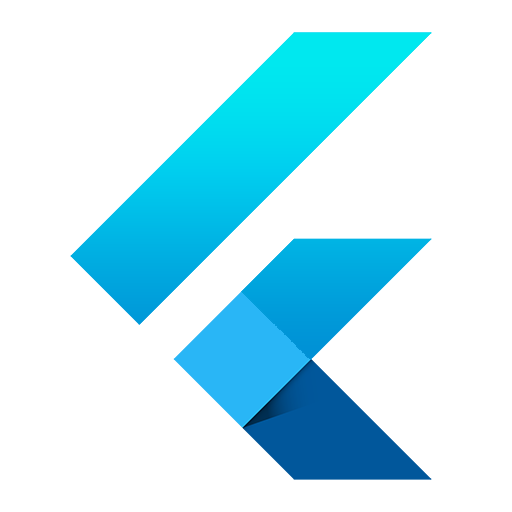 Hire Flutter Developers
Hire Flutter Developers
 Hire Blockchain Developer
Hire Blockchain Developer
 Hire WordPress Developer
Hire WordPress Developer
 Hire Magento Developer
Hire Magento Developer
 Hire Laravel Developers
Hire Laravel Developers
 Hire SaaS Developers
Hire SaaS Developers
 Hire Shopify Developer
Hire Shopify Developer
 Hire the Best Android Developer
Hire the Best Android Developer
 Hire PHP Developer
Hire PHP Developer
 Hire the Top 3% of Java Developers
Hire the Top 3% of Java Developers
 Hire Fully Vetted Angular Developers
Hire Fully Vetted Angular Developers
 Hire ReactJS Developers in India
Hire ReactJS Developers in India
 Hire iOS Developers in India
Hire iOS Developers in India
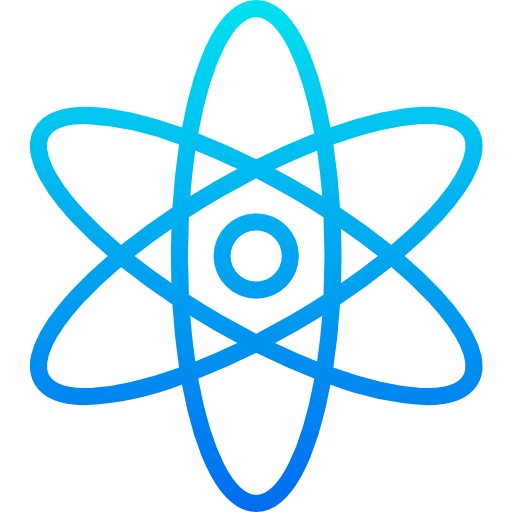 Hire React Native Developers
Hire React Native Developers
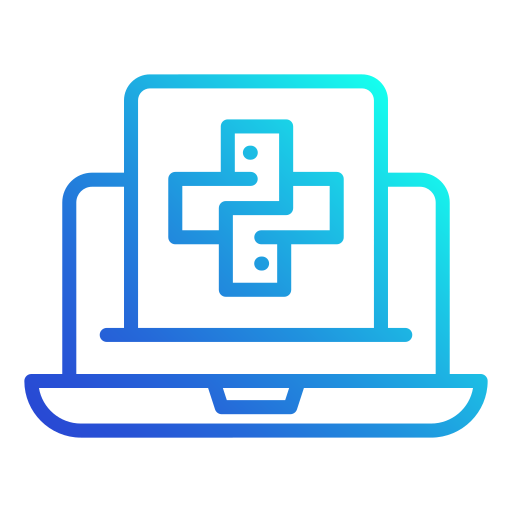 Hire Python Developers
Hire Python Developers


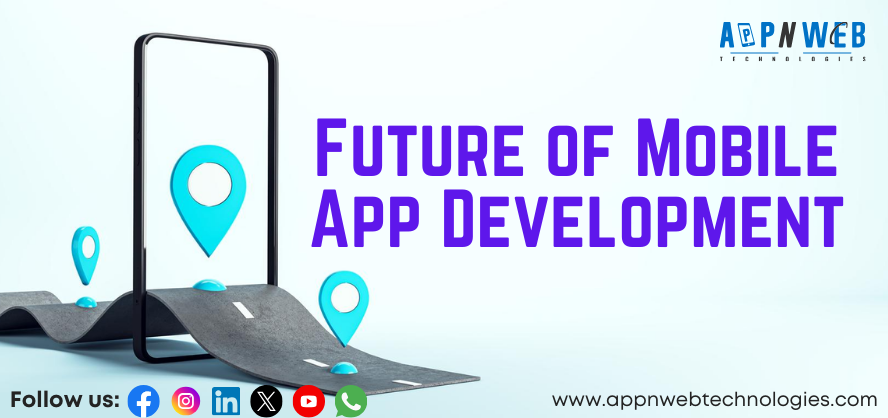
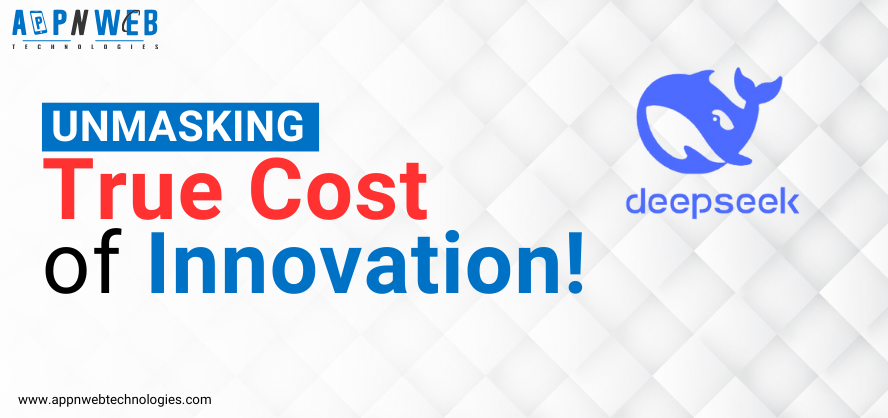





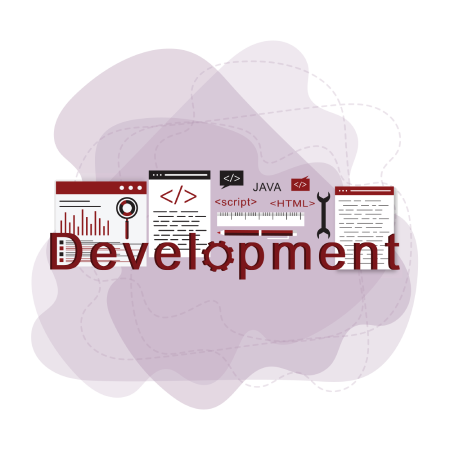






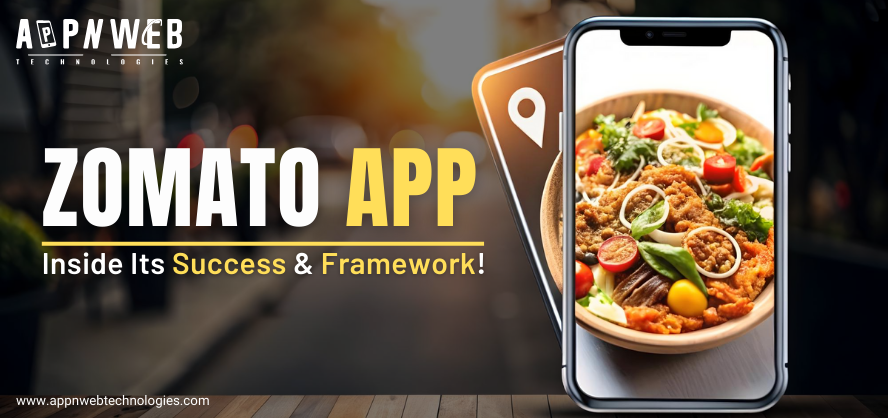
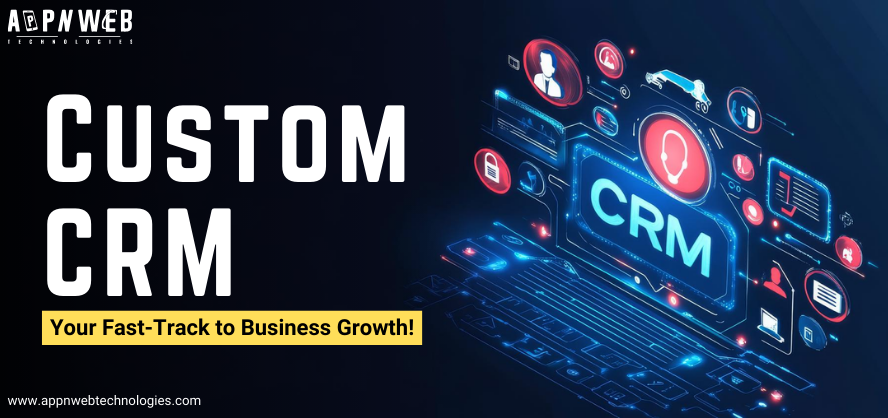

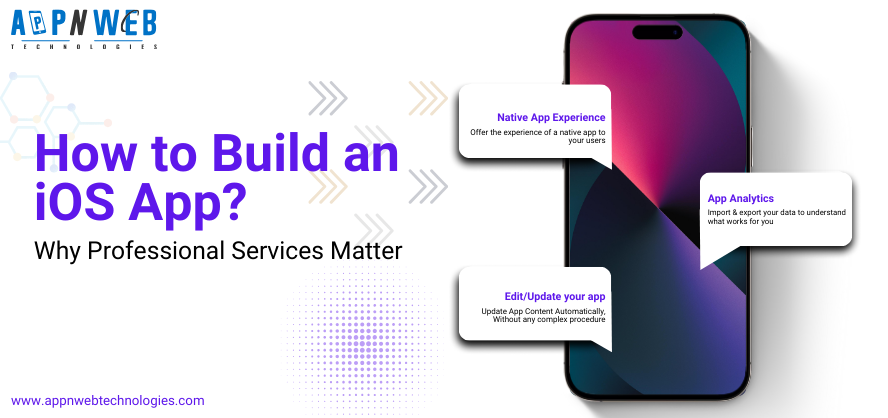
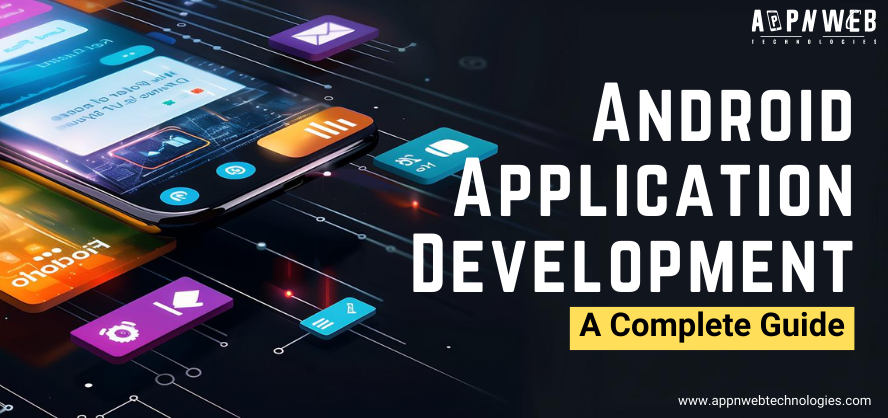
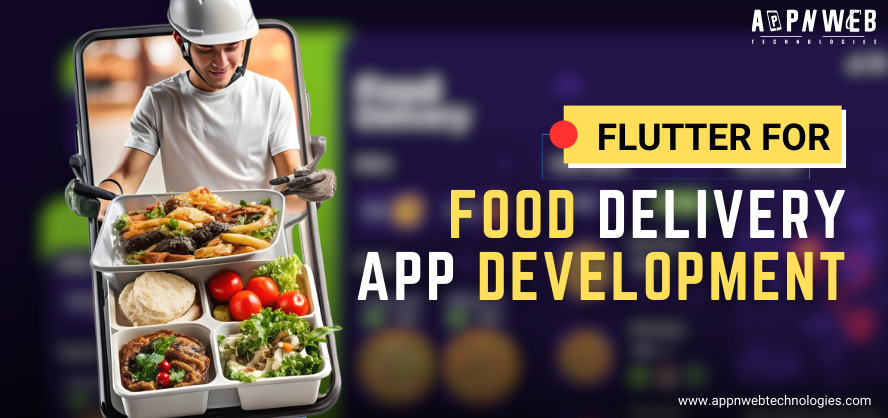
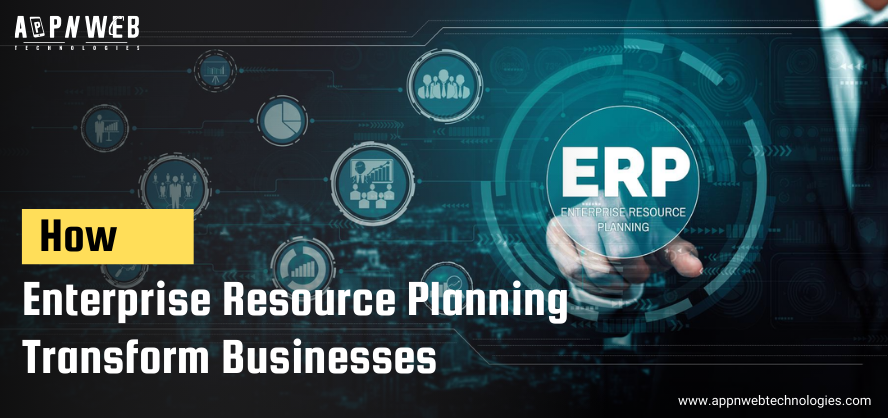

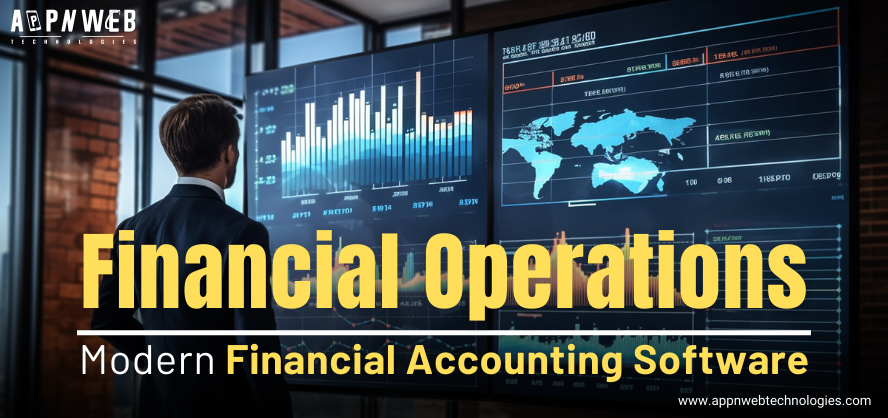

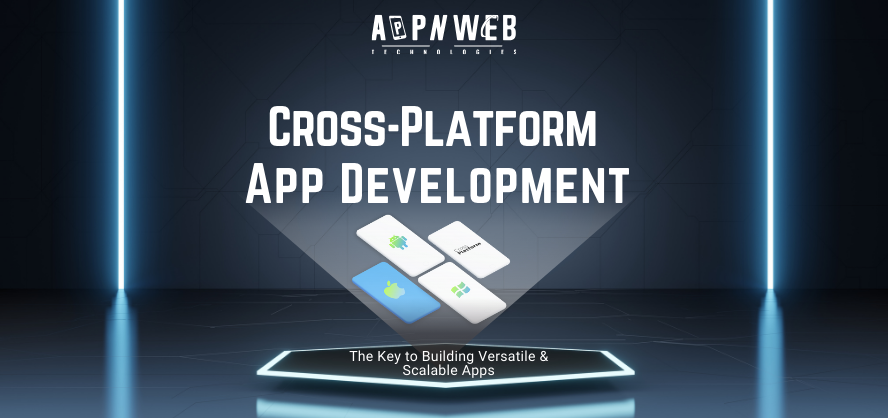
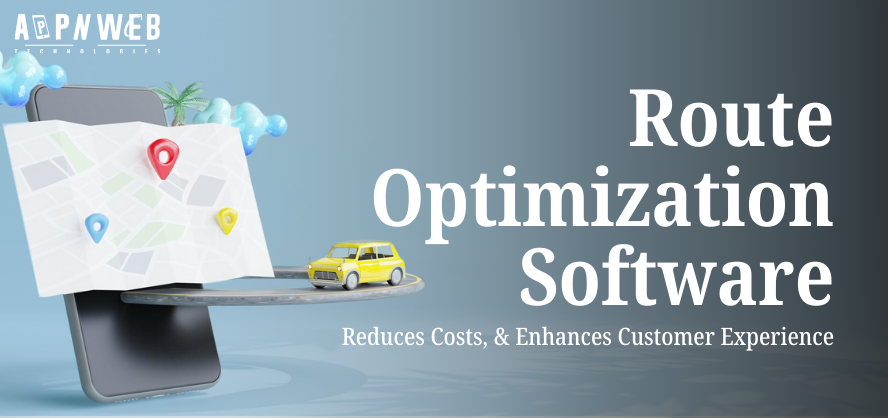
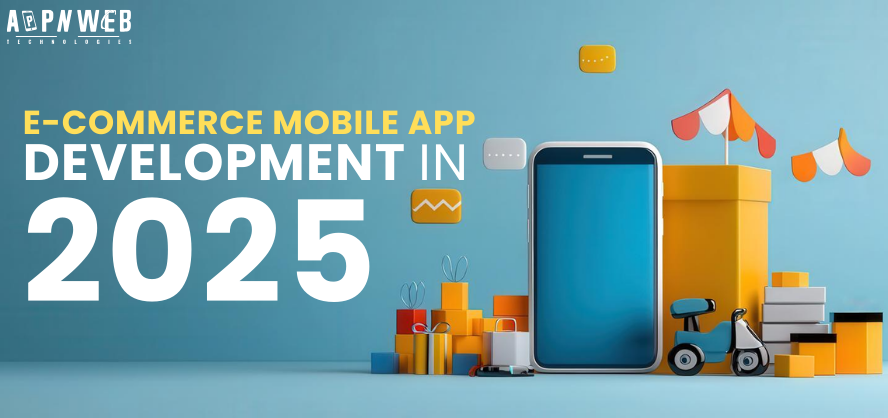


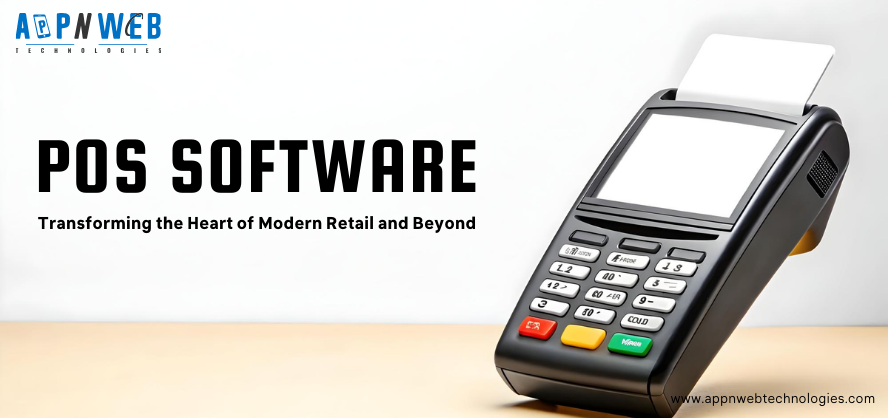
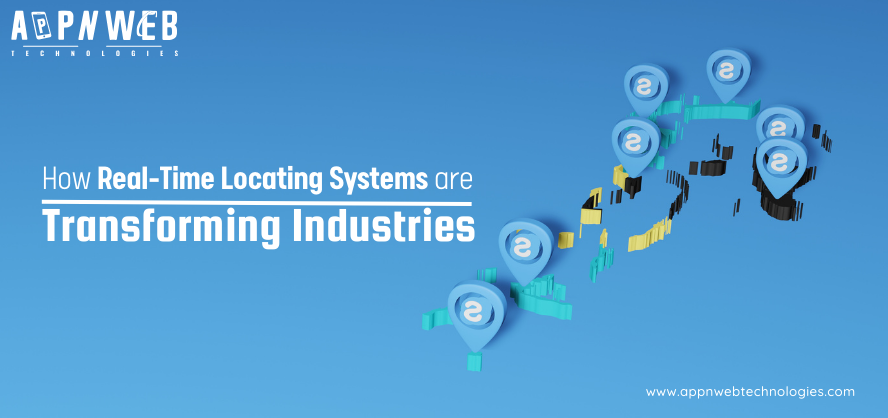
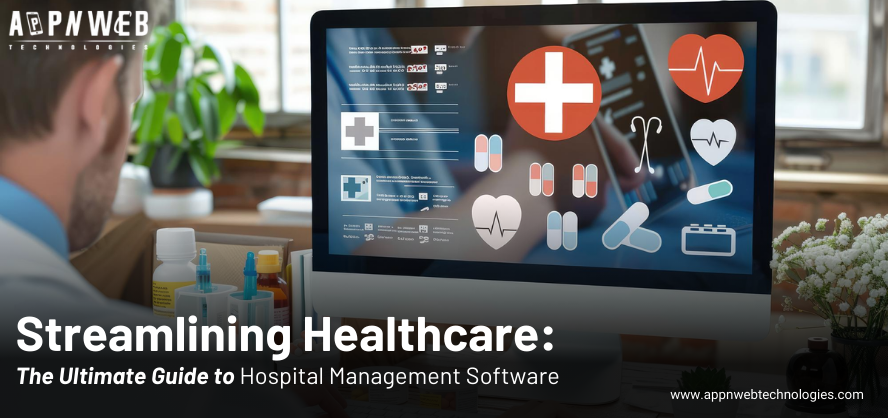
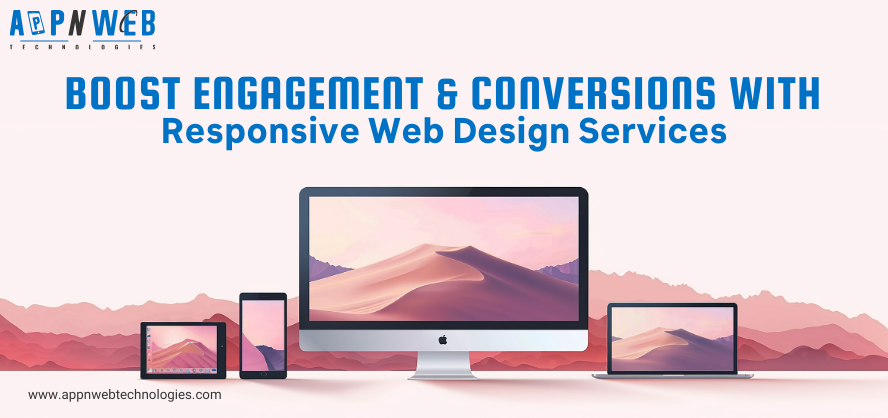



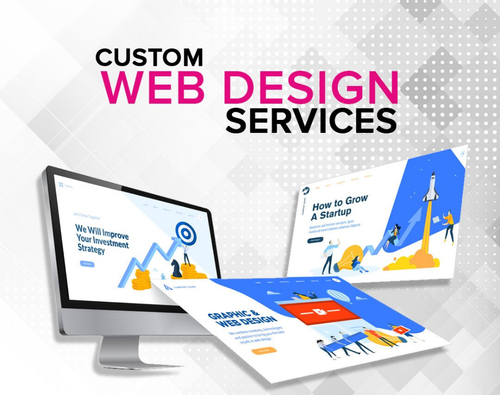
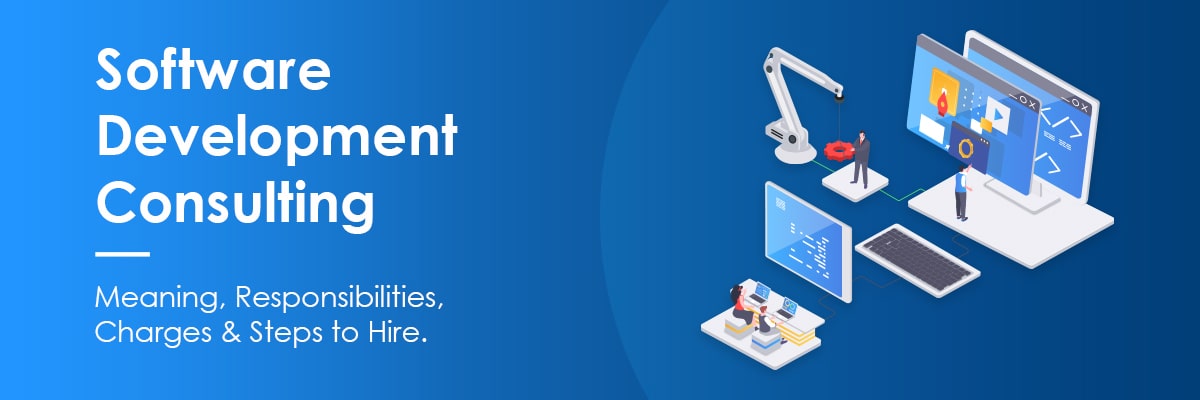
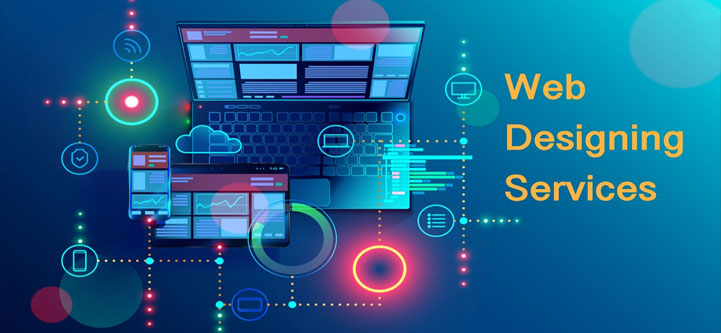

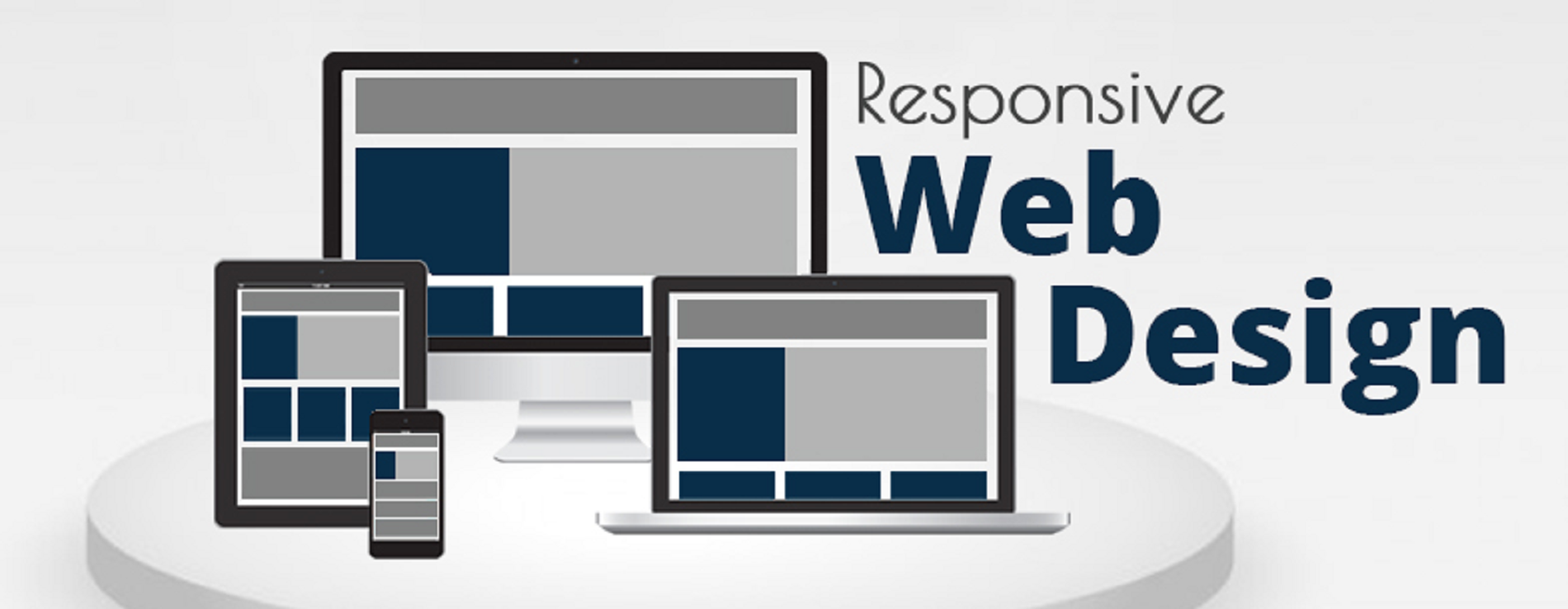


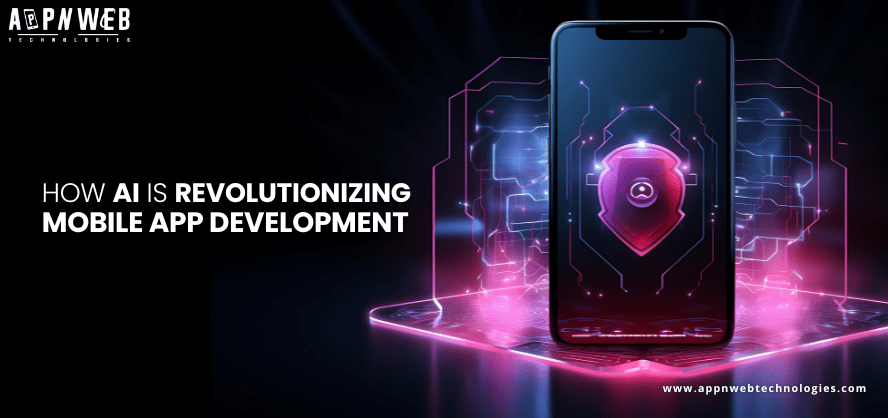
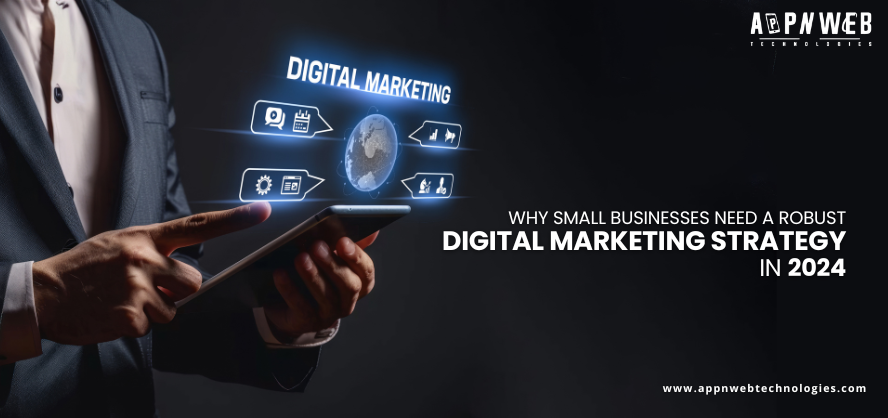

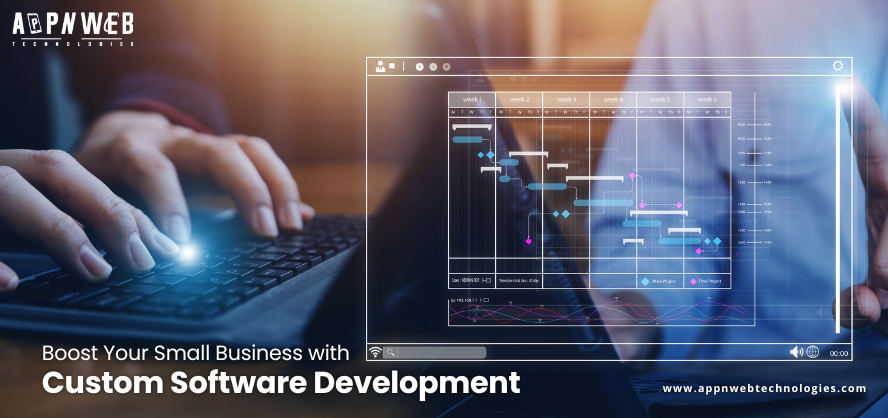

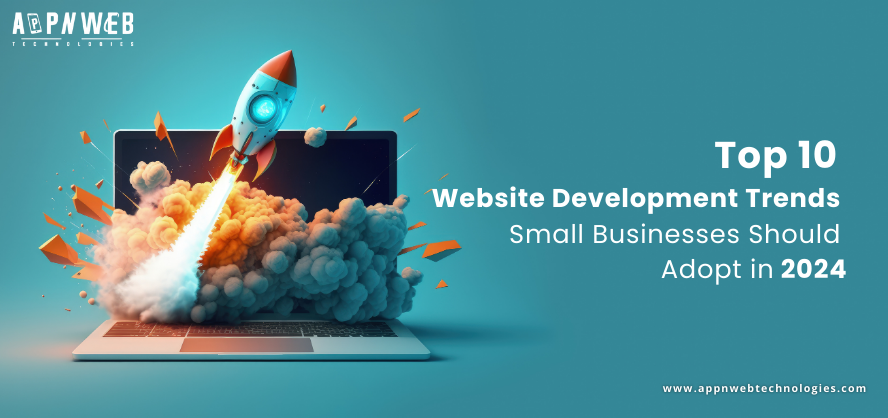
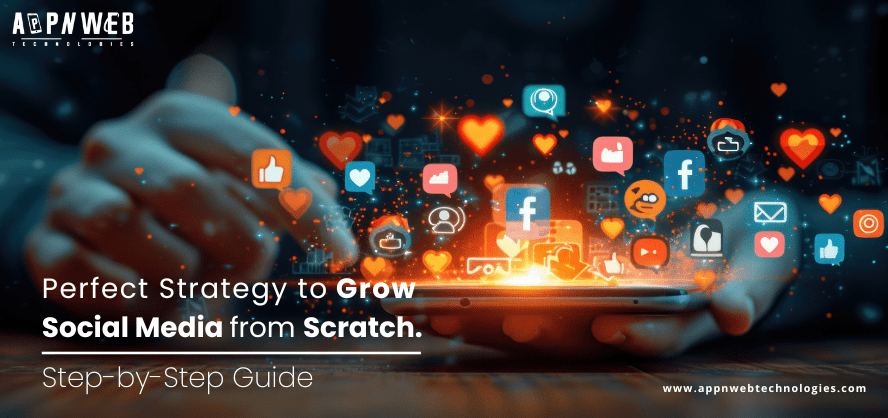
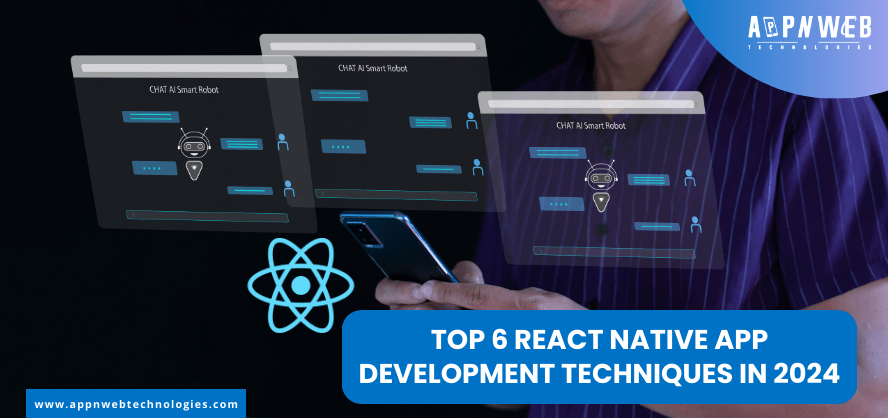





.svg)






